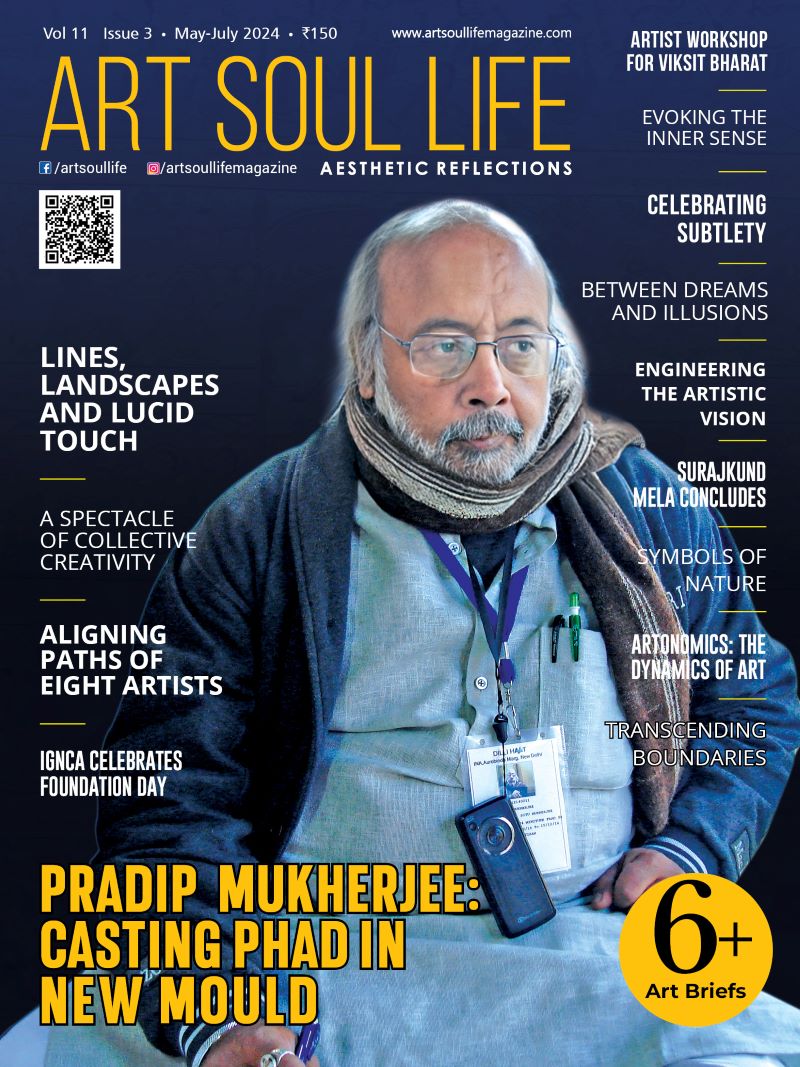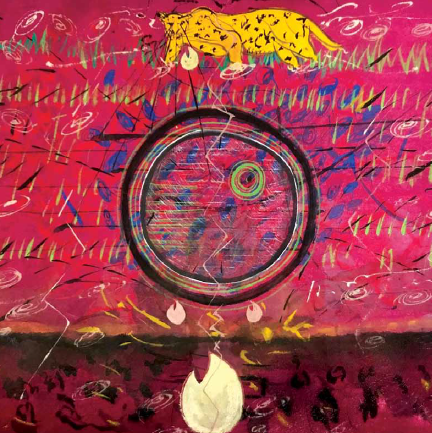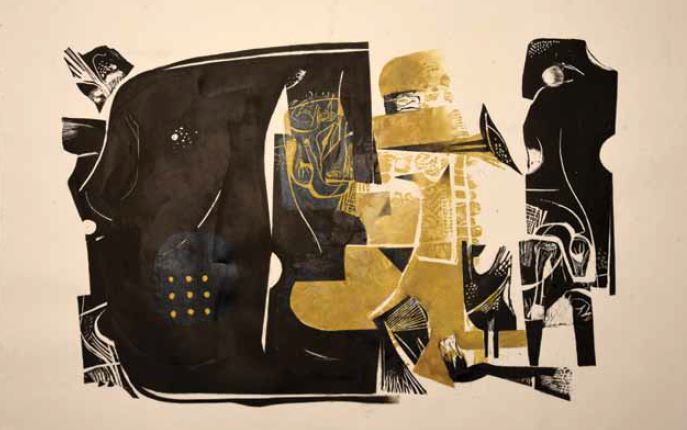
Piet Mondrian, a Dutch artist renowned for his groundbreaking contributions to the world of abstract art, remains an iconic figure in the annals of 20th-century art history. His distinctive style, characterized by geometric shapes, primary colours, and a profound commitment to the ideals of De Stijl, has left an indelible mark on the art world. In this article, we will delve into the life and work of Piet Mondrian, exploring the evolution of his art and its enduring influence.
Mondrian’s journey as an artist began in the late 19th century when he initially worked in a traditional academic style. However, he underwent a significant transformation in his artistic philosophy and practice, which can be attributed to his exposure to modernist movements and thinkers. Influenced by Cubism and the ideas of the Theosophical Society, Mondrian’s art underwent a profound shift. He became obsessed with simplifying and distilling art to its core elements, a quest that would define his entire career.
Mondrian’s most celebrated works are his compositions, also known as neoplasticism or De Stijl. These paintings are characterized by their strict grid patterns, using only primary colours (red, yellow, and blue) and non-colours (black, white, and gray). The grids are composed of lines, which divide the canvas into rectangular and square areas of colour. This simple yet striking approach reflects Mondrian’s belief in the harmony and balance of art, mirroring his spiritual pursuit of universal truths.
One of his most iconic works is “Composition with Red, Blue, and Yellow” (1930), which epitomizes his mature style. The painting is a perfect example of how Mondrian reduced his subjects to their fundamental forms and colours, eliminating all superfluous elements. This not only renders his work visually arresting but also conveys a sense of serenity and order.
Mondrian’s art is not only a visual expression but also a philosophical one. He aimed to convey the idea of universal harmony through his compositions, believing that this harmony could be achieved through the perfect arrangement of geometric shapes and primary colours. His works represent a bridge between the spiritual and the visual, where each line, each square, and each colour carried deeper meaning.
Mondrian’s influence on the art world is immeasurable. His work laid the foundation for the development of geometric abstraction, which played a significant role in the evolution of modern art. Artists such as Theo van Doesburg, Gerrit Rietveld, and Bart van der Leck, who were part of the De Stijl movement, also contributed to this revolutionary approach. Moreover, Mondrian’s influence extended far beyond his contemporaries. His aesthetic principles found their way into architecture, design, and fashion, influencing a wide range of creative fields.
In the realm of fashion, Yves Saint Laurent’s iconic Mondrian dress from 1965 is a testament to the enduring impact of Mondrian’s work. This vibrant dress, inspired by his art, transcends the canvas and became a symbol of 1960s pop culture.
In architecture, the principles of Mondrian’s neoplasticism can be seen in the works of architects like Gerrit Rietveld, particularly in his Red-Blue Chair. The chair embodies Mondrian’s vision of harmonious design through geometric simplicity.
In conclusion, Piet Mondrian’s legacy as a pioneer of abstract art is undeniable. His devotion to distilling art to its essential elements, his relentless pursuit of harmony and order, and his unique approach to using primary colours and geometric forms have left an indelible mark on the art world.
Mondrian’s influence extends far beyond the canvas, reaching into the realms of fashion, architecture, and design. His work continues to inspire and captivate artists, designers, and art enthusiasts alike, serving as a timeless testament to the power of simplicity and abstraction in the world of art.









 " >
" >
 " >
" >